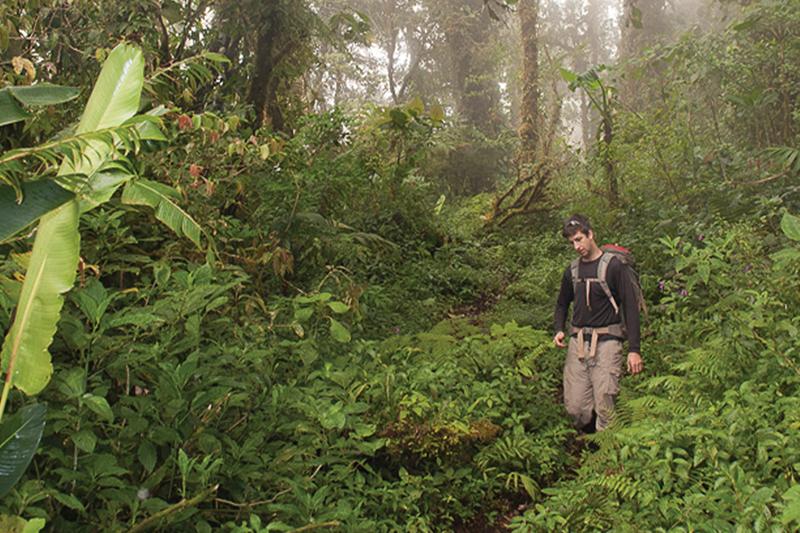
How to engage with the media and expand the impact of your work
Your most recent study is about to be published. The findings are compelling, relevant and timely. You believe that they could be newsworthy. However, you have heard from your colleagues that it is hard to engage with your university’s media relations office. You are worried that even if you could get their attention, they won’t capture the nuances of your study. That is important to you because your study is complex and potentially controversial. It risks being misinterpreted. Ultimately, you are not sure that you will be able to control the narrative, especially when speaking to a reporter. In the end, you decide not to pursue any efforts to share your work.
- Tips for effectively communicating your research’s impact
- Life after publication: promote your work for maximum impact
- So what? Who cares? The skill of talking about impact
This story is rooted in the varying and sometimes competing goals of academic scholars, university media relations offices and the news media. Recognising and addressing the most common differences can help us engage effectively with the media and achieve significant reach for our studies. Here is how to accomplish that:
Start early
The first mismatch arises because, as academic scholars, we generally do not wish to discuss our studies until they have been peer-reviewed. But it’s already too late when the study is about to be published and we finally do contact our media relations office. Preparing for good media relations takes time. It is important to initiate the conversation with your media relations office while the study is in peer review, be explicit that it is still in peer review and give your best guess for a timeline. While it is true that your study may change over the course of peer review, the focus of the work, its novelty and its relevance will likely not. University media relations staff members are used to working under embargo, and it is easy to change a few final details at the end of the process.
Define your goals
Academic scholars don’t always clearly convey the goals they have for communicating their work to broader audiences. Is yours a local interest news story? Do you want practitioners in your field to adopt your findings? Do you want other scholars at your institution to know that you are studying this issue? It is important to recognise that the approaches change depending on the goals. There may be no need to write a full press release if your university’s media relations office can help you connect with, and pitch your study to, a local environmental reporter when the time is right.
Do the work
Academic scholars are generally not trained to write for broad audiences. We believe that is the role of the media relations office. While that is true, it ignores the reality that media relations offices are chronically understaffed and even the best of the best are unlikely to employ someone who is an expert in your field. At the end of the day, no one knows your work and its implications as well as you do. It is important to articulate in plain language the main findings from your study, why those findings are newsworthy to the audience you wish to reach and what makes them of current interest. Think about hooks, stories and analogies that illustrate those points. You may even share the names and email addresses of the journalists you would want to cover your study. The more information you provide, the easier it is for the media relations office to get started, and the more likely it is that your study will be communicated accurately.

It is not about nuance
As academic scholars, we are used to communicating with other experts in the field. We spend many years studying and building a comprehensive understanding of an issue. If you are one of the world’s foremost experts on a topic, then it is unrealistic to expect a broad audience to appreciate the issue with the same depth as you. Instead, you should focus on two or three takeaway messages. This does not mean that you must ignore any nuances or caveats of your study. A nuance can provide a unique angle that helps to position your work, but it is rarely the foundation of the story. A caveat may be a key takeaway message in and of itself.
Control the message
The final difference arises because as academic scholars, we do not recognise and address the other mismatches. It is important to realise that if we start early, set appropriate goals, define the story we want to tell and focus on the most important takeaways rather than the details, then controlling the message becomes significantly easier. The written materials that you will have helped develop can be provided to the media. They are often quoted verbatim, simply as a matter of convenience. Your media relations officer, now fully engaged in a collaboration, can help arrange conversations with reporters and provide tips and tricks where necessary. A few details may be lost along the way, but that’s acceptable.
Now again, imagine that your most recent study is about to be published. The findings are compelling, relevant and timely. You believe they could be newsworthy. Your media relations office is ready to post the press release that you helped develop while the study worked its way through peer review. You are confident that you can help the news media understand the takeaways. You are excited for local residents to benefit from your study, even if they won’t know every little detail. In the end, you are glad that you decided to make the effort to share your work.
Gregory R. Goldsmith is an associate professor of biological sciences and the associate dean for research and development in the Schmid College of Science and Technology at Chapman University in Orange, California.
If you would like advice and insight from academics and university staff delivered direct to your inbox each week, sign up for the Campus newsletter.
Additional Links
For more advice and insight related to this topic, see our spotlight guide From the lab to life: how to demonstrate research excellence.




